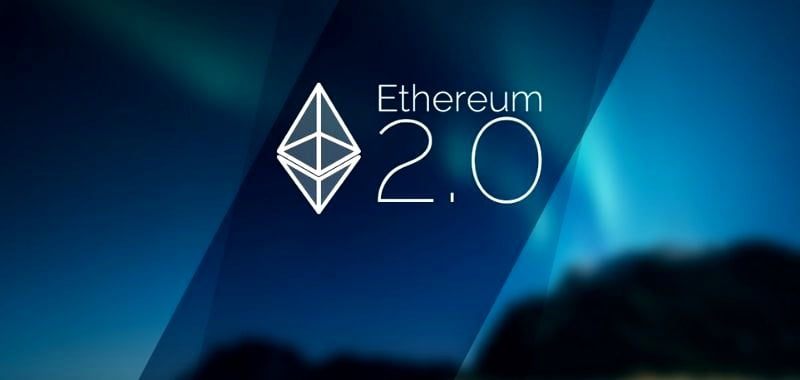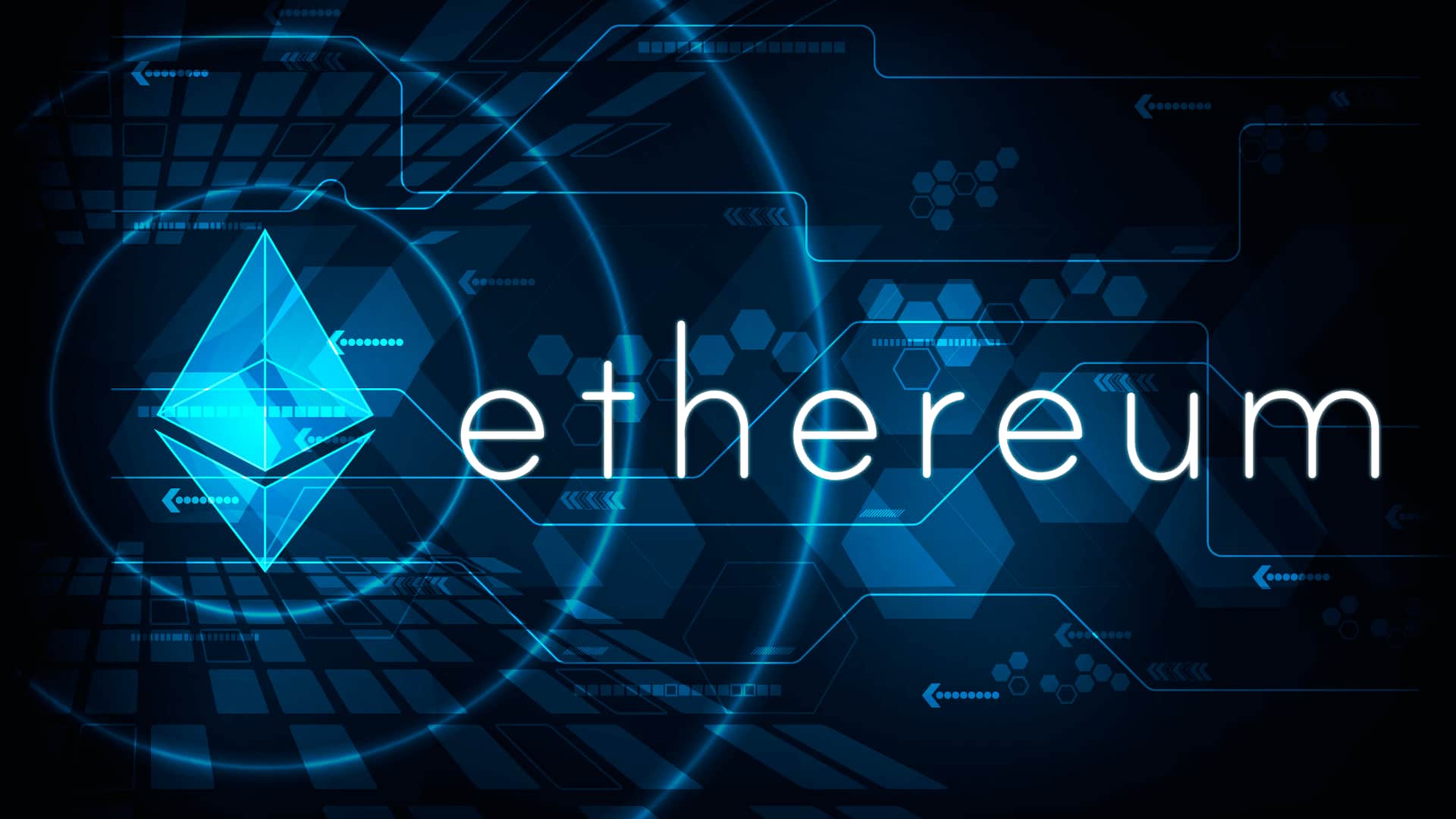As the blockchain space continues to evolve, Ethereum 2.0 is one of the most awaited upgrades in the cryptocurrency and decentralized finance( DeFi) world. Ethereum, the alternate- largest cryptocurrency by request capitalization, has played a pivotal part in introducing smart contracts and decentralized operations( dApps). still, the limitations of the current Ethereum network, particularly in terms of scalability, energy consumption, and sale speed, needed the development of Ethereum 2.0, also appertained to as” Eth2″ or” Serenity.”
In this composition, we will explore what Ethereum 2.0 is, the crucial changes it brings to the Ethereum ecosystem, why it’s significant, and how it’ll impact the future of blockchain technology.
What’s Ethereum 2.0?
Ethereum 2.0 represents a major overhaul of the being Ethereum blockchain, aimed at working several critical challenges that have surfaced over the times. The upgrade focuses on perfecting scalability, security, and sustainability, making the network more effective for druggies and inventors.
At its core, Ethereum 2.0 replaces the traditional evidence of Work( PoW) agreement medium with a further energy-effective model called Proof of Stake( PoS). In addition, Ethereum 2.0 introduces sharding, a fashion to significantly enhance the network’s scalability by breaking it into lower corridor known as shards. These two primary upgrades — PoS and sharding — will transfigure how Ethereum processes deals, validates data, and sustains its growing ecosystem.

The Current Limitations of Ethereum
To more understand the significance of Ethereum 2.0, it’s essential to fete the challenges Ethereum 1.0 faces moment
Scalability Ethereum 1.0 is limited in the number of deals it can reuse per second, generally handling around 15 to 30 deals per second( TPS). This capacity is fairly low when compared to centralized payment systems like Visa, which can reuse thousands of deals per second. This limitation frequently leads to network traffic, especially during times of high demand, causing slower sale processing and significantly advanced gas freights.
High Energy Consumption Ethereum, like Bitcoin, presently uses a evidence of Work agreement medium, which requires miners to break complex fine mystifications to validate deals and secure the network. This system consumes vast quantities of electricity, contributing to enterprises about the environmental impact of blockchain networks.
Security enterprises While Ethereum is considered secure, Proof of Work mechanisms can theoretically be vulnerable to 51 attacks, where a vicious actor could take control of the network by retaining the maturity of the mining power. Although this has not happed on Ethereum, it’s a threat that the upgrade to Proof of Stake aims to alleviate.

Gas freights Gas freights are payments made by druggies to compensate for the computational energy needed to reuse and validate deals on the Ethereum network. During times of network traffic, gas freights can launch dramatically, pricing out small- scale druggies and dealers.
Key Components of Ethereum 2.0
To address these limitations, Ethereum 2.0 introduces several major upgrades that aim to ameliorate the network’s overall performance
evidence of Stake( PoS)
One of the most significant changes in Ethereum 2.0 is the transition from Proof of Work( PoW) to Proof of Stake( PoS). In PoW, miners contend to break cryptographic mystifications to validate deals, which consumes a significant quantum of energy. In PoS, still, the network’s validators are chosen grounded on the quantum of Ether( ETH) they hold and are willing to” stake” as collateral.
Then’s how PoS improves the Ethereum network
Energy Efficiency Unlike PoW, where miners use computational power, PoS requires validators to lock up their ETH in exchange for the right to validate deals. This drastically reduces the energy consumption of the network.

Security In PoS, an bushwhacker would need to control a maturity of the staked ETH, making it economically impracticable to attack the network.However, their staked ETH can be” slashed,” or reduced, If a validator attempts vicious geste .
Decentralization PoS allows for further druggies to share in securing the network, as the hedge to entry is lower than the precious tackle needed for mining in PoW.
Sharding
Sharding is another transformative point of Ethereum 2.0 designed to ameliorate scalability. presently, Ethereum processes all deals on a single chain, which limits the number of deals the network can handle at formerly. Sharding divides the Ethereum blockchain into lower, connected chains called shards. Each shard can reuse its own deals and smart contracts singly, significantly adding the overall capacity of the network.
Benefits of Sharding
Scalability By allowing multiple deals to be reused in parallel across shards, Ethereum 2.0 can handle thousands of deals per second, reducing traffic and lowering gas freights.
effectiveness Sharding distributes the network’s cargo across multiple validators, making the blockchain more effective and scalable without taking every knot to reuse every sale.
The Beacon Chain
The Beacon Chain is the backbone of Ethereum 2.0. It was launched in December 2020 as part of Phase 0 of the upgrade. The Beacon Chain runs alongside the being Ethereum 1.0 chain and introduces PoS to the network. It acts as the central collaboration medium, managing the agreement protocol and icing the shards are in sync.
The Beacon Chain will play a pivotal part in Phase 1 of the upgrade when sharding is completely enforced, as it’ll insure all shards are performing rightly and maintain the overall security of the network.
Phases of Ethereum 2.0 Upgrade
Ethereum 2.0 is being rolled out in several phases to insure a smooth transition and avoid dislocations to the network. Then’s a breakdown of the crucial phases
| Phase | Description | Expected Impact |
| Phase 0 | Launched the Beacon Chain in December 2020, introducing PoS but running parallel to the existing Ethereum network. | First step toward transitioning from PoW to PoS. Validators begin staking ETH to secure the network. |
| Phase 1 | Expected in 2024, introduces sharding, dividing the network into 64 shards for increased scalability. | Significant increase in transaction processing speed and reduced network congestion. |
| Phase 1.5 | Merges the Ethereum 1.0 mainnet with the Beacon Chain, fully transitioning the network to PoS. | Full transition to PoS, with PoW being phased out. Scalability and security improvements become more apparent. |
| Phase 2 | Final phase where Ethereum 2.0 becomes fully operational, enabling smart contracts and transactions across shards. | Full functionality of Ethereum 2.0, including smart contracts running on shards for maximum efficiency. |
Why Ethereum 2.0 Matters
The Ethereum 2.0 upgrade is vital for several reasons, as it not only improves the network’s performance but also has far- reaching counteraccusations for the broader blockchain ecosystem.
Scalability for Mass Adoption

Ethereum’s current limitations have posed a significant hedge to wide relinquishment, particularly in diligence like decentralized finance( DeFi), gaming, and NFTs(non-fungible commemoratives). With Ethereum 2.0’s enhanced scalability, the network will be able of handling thousands of deals per second, making it more suitable for real- world operations and mass relinquishment.
Environmental Sustainability
One of the most common examens of blockchain technology, particularly Proof of Work systems, is the high energy consumption. Ethereum 2.0’s move to Proof of Stake is a step toward making blockchain technology more environmentally sustainable. With a significantly reduced energy footmark, Ethereum 2.0 will be much furthereco-friendly compared to its precursor.
Lower sale Costs
High gas freights have been a major issue for Ethereum druggies, especially during ages of high network demand. With Ethereum 2.0’s scalability advancements, sale costs are anticipated to drop mainly, making the network more accessible to lower investors and inventors.
Strengthened Security
Ethereum 2.0 also introduces enhanced security features. evidence of Stake offers lesser protection against 51 attacks, as validators have a fiscal incitement to bear actually. also, the Beacon Chain’s part in coordinating shards ensures the security and integrity of the network as it grows.
Decentralized Finance( DeFi) and Innovation
Ethereum has been the backbone of DeFi, furnishing the structure for decentralized exchanges, advancing protocols, and yield husbandry. Ethereum 2.0’s advancements will unleash new possibilities for DeFi operations by offering briskly sale pets and lower freights, fostering farther invention and growth in this sector.
Conclusion
Ethereum 2.0 is a monumental upgrade to the Ethereum network, addressing its current limitations and preparing it for the future. By introducing Proof of Stake, sharding, and the Beacon Chain, Ethereum 2.0 will significantly ameliorate scalability, security, and sustainability. This upgrade is n’t only pivotal for the Ethereum network but also for the broader blockchain ecosystem, as it’ll set the stage for mass relinquishment, reduced environmental impact, and new inventions in decentralized finance and operations.
As Ethereum 2.0 rolls out over the coming times, it’ll play a vital part in shaping the future of blockchain technology, making Ethereum more effective and accessible than ever ahead.


